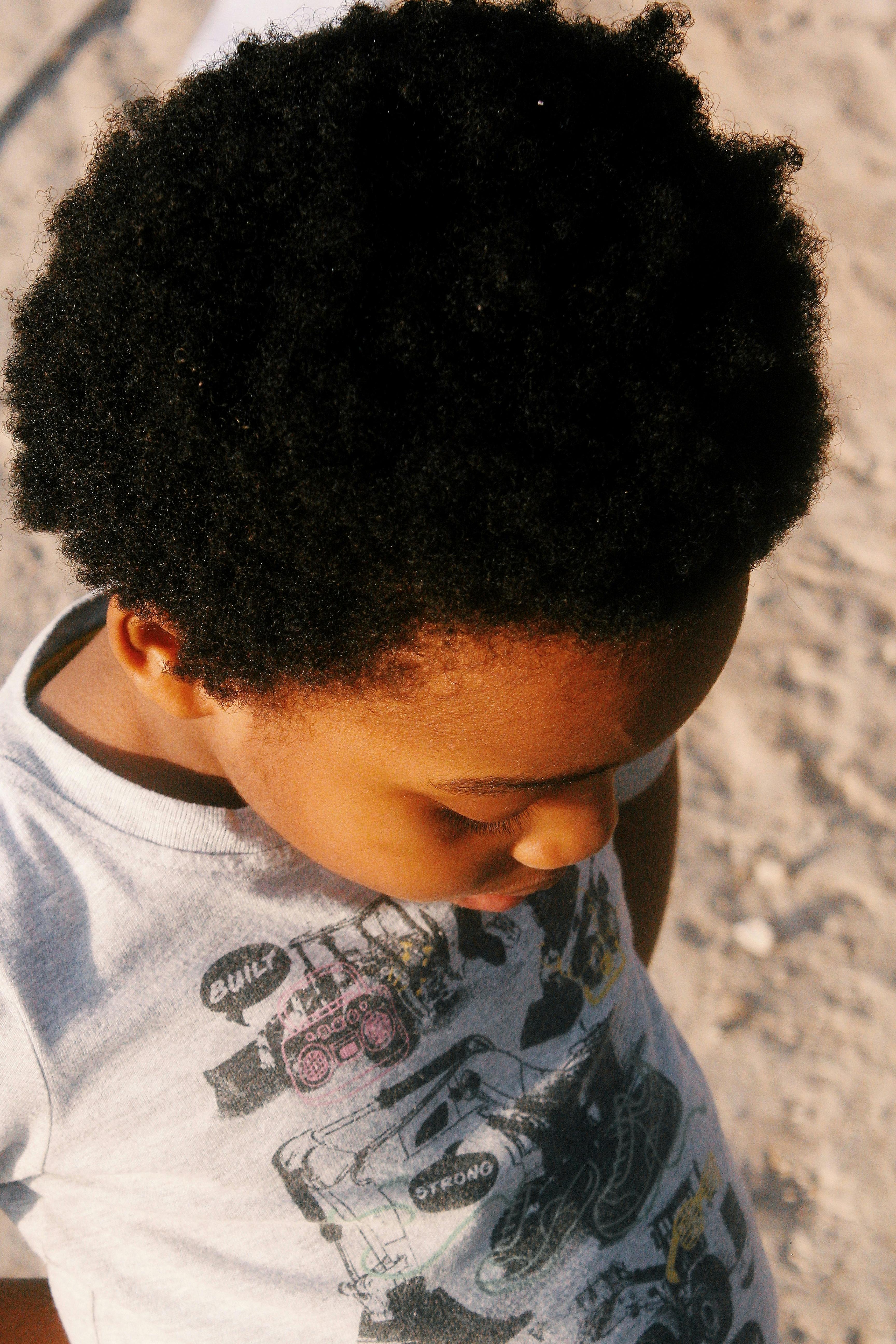Table of Contents
Living Room and Play Areas
The living room and play areas are where your child spends a significant amount of time, so it is important to ensure that these spaces are childproofed for a babysitter. Start by removing any small objects that could pose a choking hazard, such as marbles, coins, or small toys. Secure bookshelves and furniture to the wall to prevent tipping, and cover sharp corners on tables and furniture with corner guards. Keep electrical cords out of reach, and install outlet covers to prevent your child from sticking objects into the sockets. It is also important to ensure that any blinds or curtains have cordless mechanisms to prevent strangulation hazards.
On-Demand Childcare in Your Neighborhood
Book a Sitter
Kitchen and Dining Areas
The kitchen and dining areas can be potential danger zones for children, so it is essential to childproof these spaces for a babysitter. Keep cleaning supplies, sharp objects, and small appliances out of reach or locked away in cabinets. Install safety latches on cabinet doors and drawers to prevent your child from accessing potentially harmful items. Secure the dishwasher and oven doors with safety locks, and install stove knob covers to prevent your child from accidentally turning on the burners. Keep plastic bags, plastic wrap, and other choking hazards out of reach, and never leave hot food or beverages unattended where your child can reach them.
Bedrooms and Bathroom
Your child’s bedroom and the bathroom should also be childproofed to ensure their safety when a babysitter is present. Keep cribs, beds, and changing tables away from windows to prevent falls, and install window guards or locks to prevent your child from opening the windows. Cover electrical outlets with safety plugs, and secure any loose cords or wires. Keep small objects, medications, and toiletries out of reach, and store them in locked cabinets if necessary. Ensure that all cleaning products and toiletries are stored safely out of reach, and install toilet locks to prevent drowning hazards. Consider installing a doorknob cover on the bathroom door to prevent your child from entering unsupervised.
Outdoor Spaces
Outdoor spaces, such as the backyard or balcony, can also pose hazards for children, so it is important to childproof these areas for a babysitter. Install safety gates at the top and bottom of stairs to prevent falls, and secure any loose railings or platforms. Keep outdoor toys, tools, and equipment stored away when not in use, and ensure that they are in good condition and free from sharp edges or small parts. Remove any poisonous plants, chemicals, or pesticides from the outdoor area, and keep them locked away in a shed or garage.

Consider installing a fence around the perimeter of your yard to prevent your child from wandering off, and ensure that all gates are securely locked at all times.
Emergency Preparedness
In addition to childproofing your home for a babysitter, it is essential to be prepared for emergencies and ensure that your babysitter knows what to do in case of an emergency. Create a list of emergency contact numbers, including your own, your pediatrician, poison control, and emergency services. Provide your babysitter with a first aid kit and instructions on how to use it, and demonstrate how to perform basic first aid techniques, such as CPR. Show your babysitter where fire extinguishers, smoke alarms, and emergency exits are located in your home, and create a fire escape plan that includes a designated meeting spot outside. Discuss any allergies, medical conditions, or special instructions with your babysitter, and make sure they are aware of any medications or treatments that your child may need during their care.
Conclusion
Childproofing your home for a babysitter is an essential step in ensuring the safety and well-being of your child when you are away. By taking the time to childproof key areas in your home, you can create a safe environment for your child and give your babysitter the peace of mind they need to care for your child effectively. Remember to regularly review and update your childproofing measures as your child grows and develops new skills, and communicate any changes or concerns with your babysitter to ensure that they are well-prepared and informed. With these tips and guidelines in mind, you can create a safe and secure space for your child and provide your babysitter with the tools and knowledge they need to keep your child safe and happy.










